
Aosta Roman City Walls and Towers
Majestic Roman walls and towers in Aosta, Italy, whispering tales of ancient engineering and architectural marvels that have survived for 2000 years.
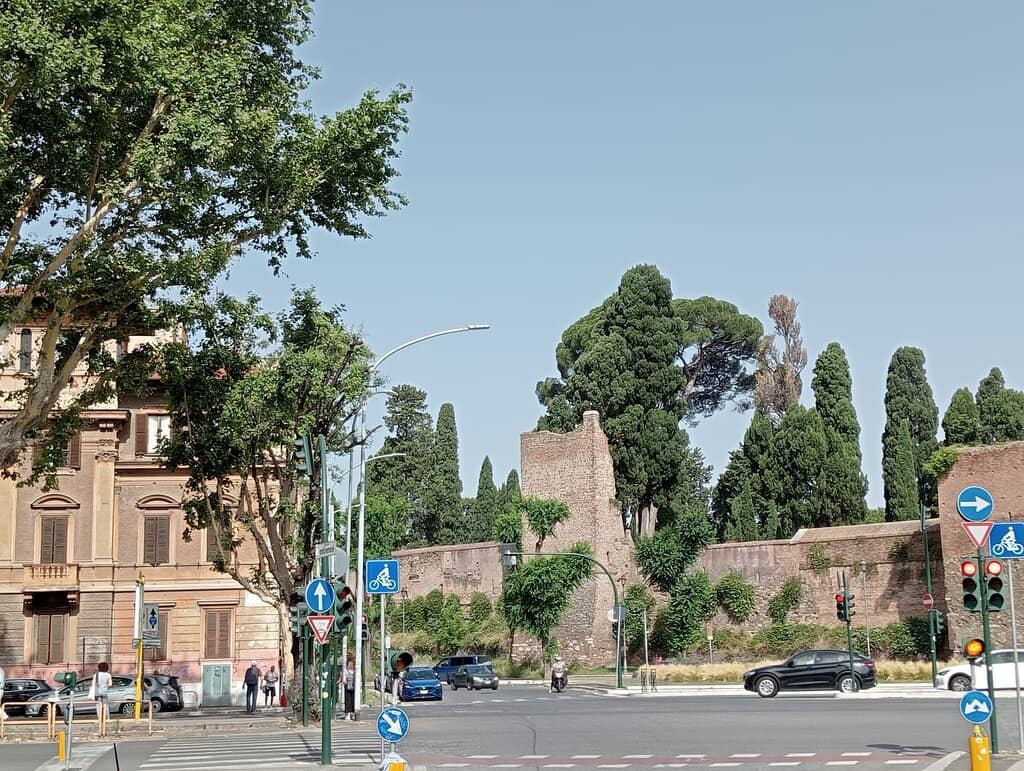
Highlights
Must-see attractions
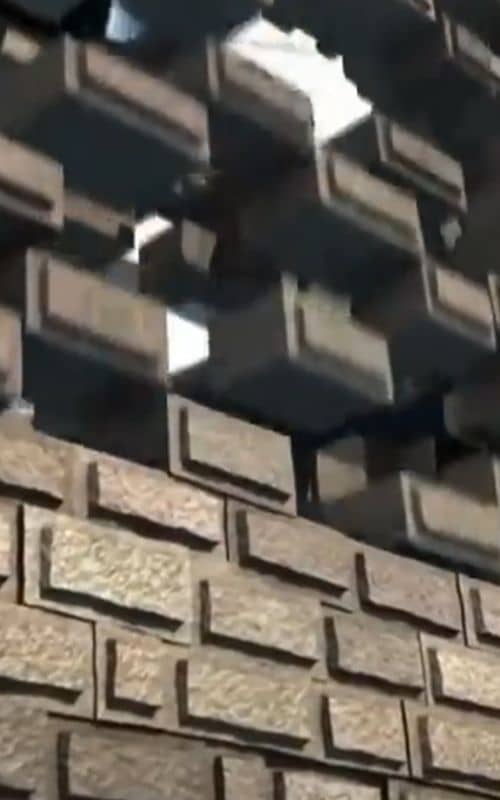
Social
From TikTok & Reddit
Best Time
Pleasant weather, fewer crowds

Aosta Roman City Walls and Towers
Best Time
Pleasant weather, fewer crowds

Highlights
Must-see attractions
Majestic Roman walls and towers in Aosta, Italy, whispering tales of ancient engineering and architectural marvels that have survived for 2000 years.
"Majestic reminders of ancient engineering prowess, each stone whispering tales of ancient civilizations."

👟 Comfortable Walking Shoes
Essential for exploring the ancient walls and surrounding Roman sites in Aosta. :athletic_shoe:
🧐 View from Outside
Some parts of the walls are intact, but you may only be able to view them from the exterior. :camerawithflash:

Highlights
Discover the most iconic attractions and experiences
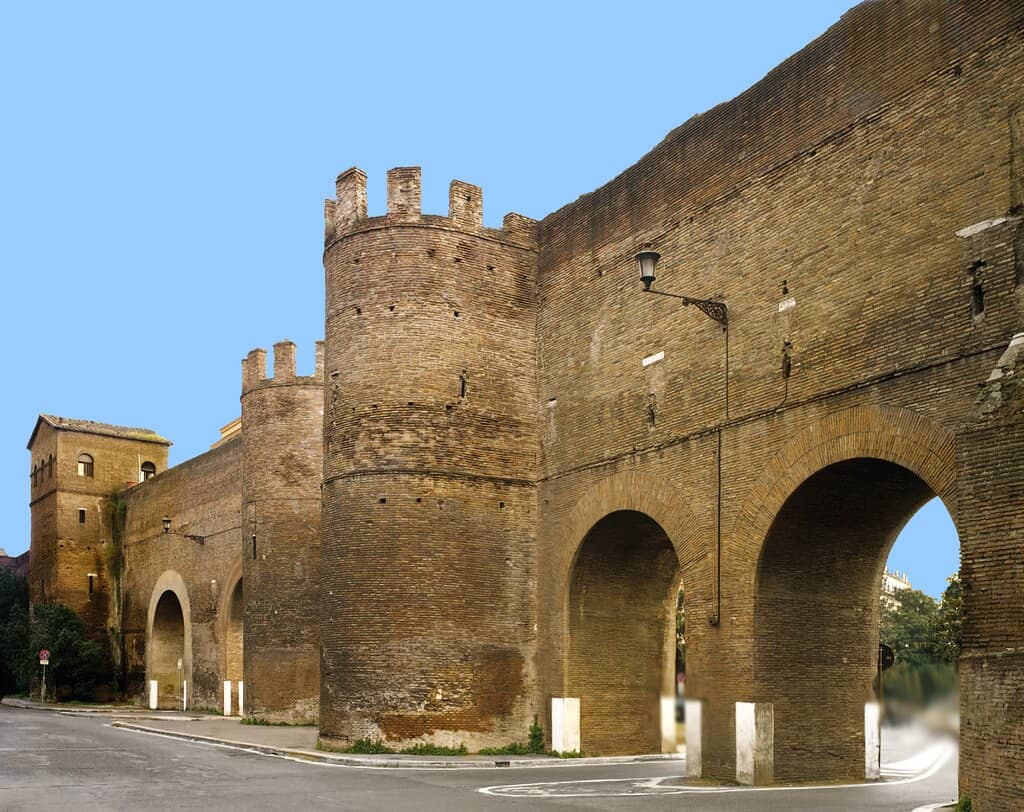
The Roman City Walls
Circumference of Aosta
Majestic remnants of ancient engineering, these walls whisper tales of Roman prowess and architectural marvels.
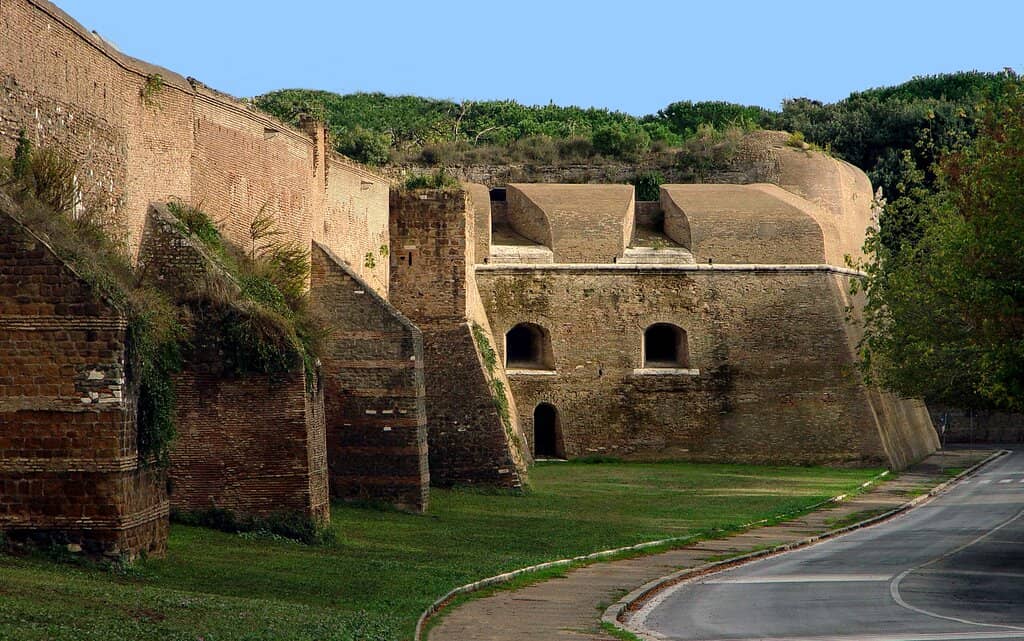
Lepers Tower
Part of the Roman walls
A well-preserved tower offering a glimpse into the defensive structures of the ancient city.
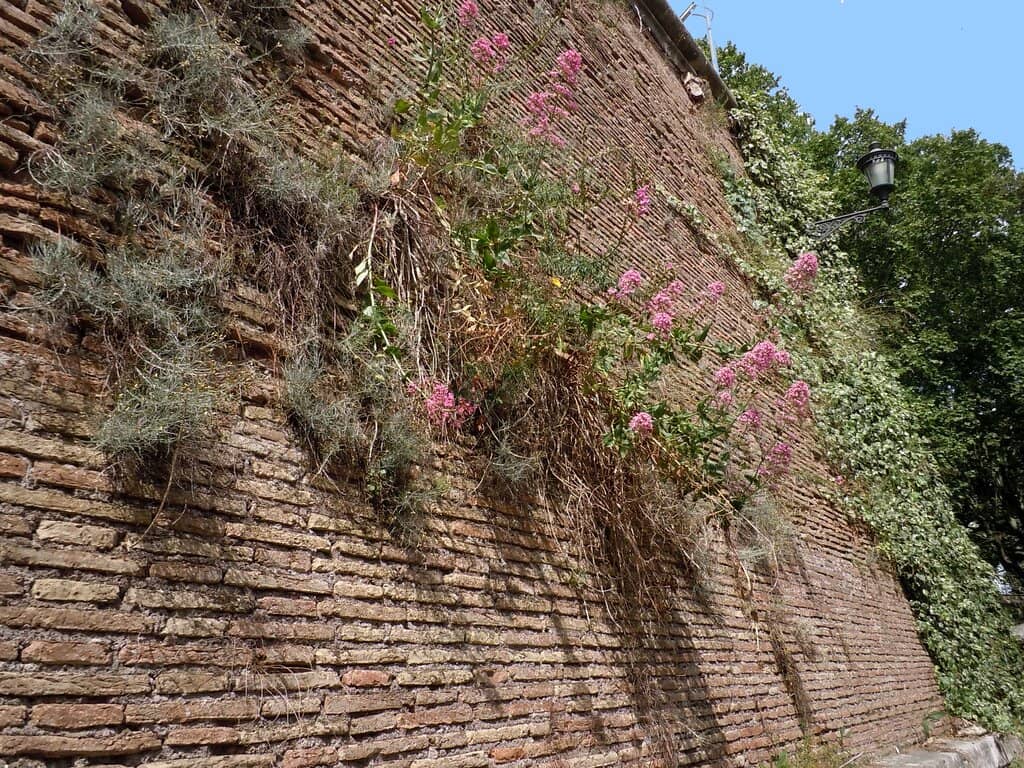
Porta Praetoria
Northern entrance to the Roman city
An imposing Roman gate, a grand testament to the city's historical significance and architectural grandeur.
Plans like a pro.
Thinks like you
Planning Your Visit
Timing Your Visit to Aosta's Roman Walls
Navigating Aosta's Ancient Sites
Best Times
Insider Tips
from TikTok, Instagram & Reddit
👟 Comfortable Walking Shoes
Essential for exploring the ancient walls and surrounding Roman sites in Aosta. :athletic_shoe:
🧐 View from Outside
Some parts of the walls are intact, but you may only be able to view them from the exterior. :camerawithflash:
🗺️ Explore Beyond the Walls
Don't miss other Roman ruins like the Theatre and Forum nearby. :world_map:
⏳ Appreciate the Survival
Marvel at how these structures have survived for 2000 years amidst modern buildings. :statueofliberty:
Tips
from all over the internet
👟 Comfortable Walking Shoes
Essential for exploring the ancient walls and surrounding Roman sites in Aosta. :athletic_shoe:
🧐 View from Outside
Some parts of the walls are intact, but you may only be able to view them from the exterior. :camerawithflash:
🗺️ Explore Beyond the Walls
Don't miss other Roman ruins like the Theatre and Forum nearby. :world_map:
⏳ Appreciate the Survival
Marvel at how these structures have survived for 2000 years amidst modern buildings. :statueofliberty:
What Travellers Say
Reviews Summary
Visitors are consistently impressed by the sheer survival of Aosta's Roman City Walls and Towers, marveling at the ancient engineering prowess that has stood for 2000 years. While some parts are intact, others are missing, yet the remaining structures, like the Lepers Tower and Porta Praetoria, offer majestic reminders of Roman architectural achievements, often nestled within the modern Italian cityscape.
"The Roman walls around Aosta were once logically rectangular with towers at various intervals.
Now some parts are intact while others are missing entirely.
It is incredible how the walls survive after 2000 years."
David Smith
"Enjoys this, lepers tower, theatre, porta Pretoria
Forum all great"
grogreen2001
"Majestic reminders of ancient engineering prowess, each stone whispering tales of ancient civilizations and architectural marvels"
Muhammad Tahir Javid
What People Like
What People Dislike
Frequently Asked Questions
🚇 🗺️ Getting There
The Roman City Walls are integrated into the modern city of Aosta, Italy. You can easily reach them by walking from the city center. If arriving by car, look for parking near the historical sites. Public transport options within Aosta are also available.
Yes, Aosta is accessible by regional buses and trains. Once in Aosta, most Roman attractions, including the walls, are within walking distance.
A combination of walking and using local transport is ideal. Many Roman sites, including parts of the walls, Porta Praetoria, and the Theatre, are clustered together and best explored on foot.
🎫 🎫 Tickets & Entry
Many sections of the Roman City Walls can be viewed externally for free. However, some specific Roman sites within Aosta, like the Theatre or the Archaeological Museum, may require an entrance fee. It's advisable to check local listings for current ticket information.
Opening hours vary for different Roman attractions. The external walls are generally accessible at all times. For specific sites like the Theatre or museums, it's best to check their individual opening hours, which can change seasonally.
While some sections of the Roman walls are intact and visible, direct entry inside the walls themselves might be limited or not possible for preservation reasons. You can walk alongside and admire their structure.
Information on combined tickets can be limited. It's recommended to inquire at the local tourist information office in Aosta for any available passes that might cover multiple Roman sites, offering potential savings.
🎫 🏛️ Onsite Experience
Beyond the walls, don't miss the impressive Porta Praetoria, the well-preserved Roman Theatre, and the remains of the Roman Forum. The Lepers Tower is also a notable part of the wall system.
To see the main sections of the walls and a few key towers, allocate at least 2-3 hours. If you plan to visit the Theatre, Forum, and other nearby Roman sites, plan for a full day.
Yes, many parts of the Roman walls are accessible by walking paths. However, some sections might be integrated into private properties or have limited pedestrian access. Comfortable footwear is highly recommended.
Guided tours are often available and can provide deeper historical context. Check with the Aosta tourist office or local tour operators for schedules and booking information. This can enhance your understanding of the Roman city.
Look for vantage points that capture the scale of the walls against the modern cityscape. Early morning or late afternoon light can create dramatic shadows and highlight the ancient stonework. The Porta Praetoria also makes for a striking photo subject.
🍽️ 🍽️ Food & Dining
Aosta's city center, where the walls are located, offers numerous restaurants, cafes, and trattorias. You can easily find places to eat offering local Aosta Valley cuisine after your exploration.
No, there are no restaurants located directly within the Roman walls or ruins themselves. However, many dining options are available in the immediate vicinity of these historical sites.
📸 📸 Photography
The Porta Praetoria offers a grand entrance for photos. Walking along the accessible sections of the walls, especially where they are integrated with modern buildings, provides interesting contrasts. Look for towers like the Lepers Tower for detailed shots.
Golden hours, shortly after sunrise and before sunset, offer the best light for photography, creating dramatic shadows and warm tones on the ancient stones. Midday can be harsh, but still offers good visibility.
For Different Travelers
Tailored advice for your travel style
👨👩👧 Families with Kids
While direct entry into all wall sections might be limited, the sheer scale of the fortifications is captivating. Consider visiting the Roman Theatre as well, which often has open spaces for kids to move around. Pack snacks and water, and make it an adventure by turning the exploration into a 'Roman quest' to find different towers and gates.
🚶 History Buffs & Archaeology Enthusiasts
Beyond the walls, delve deeper into the Porta Praetoria, the Roman Theatre, and the Forum. These sites offer a comprehensive understanding of Augusta Praetoria's importance in the Roman Empire. Consider hiring a local guide or using detailed historical guides to fully appreciate the archaeological significance of each structure.
Deep Dives
In-depth insights and expert knowledge
The Engineering Marvel of Roman Walls
These walls were crucial for controlling access to the city, managing trade, and projecting Roman power. While not always designed to withstand a full-scale medieval siege, they served as a significant deterrent and a symbol of Roman authority. The integration of towers at intervals provided strategic vantage points for guards and added defensive strength.
Visiting Aosta allows you to walk alongside these ancient structures, imagining the bustling life within their protective embrace. The juxtaposition of these historical remnants with modern Italian life offers a unique perspective on the layers of history present in the city.
Exploring Aosta's Roman Heritage
Key sites include the Porta Praetoria, a monumental gateway that once served as the main entrance to the city, and the Roman Theatre, an impressive amphitheater that hosted performances and public gatherings. The remains of the Roman Forum, the city's public square, also offer insights into daily Roman life. These sites, along with the walls, paint a vivid picture of Aosta's past glory.
Many of these Roman ruins are conveniently located within walking distance of each other, making Aosta an excellent destination for history enthusiasts. The Lepers Tower, a notable part of the wall system, stands as a reminder of the city's defensive capabilities.


Social
from TikTok, Instagram & Reddit